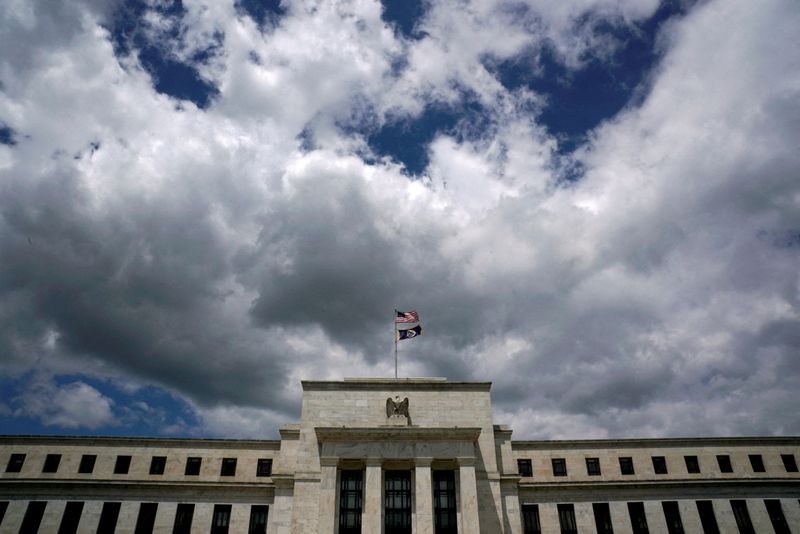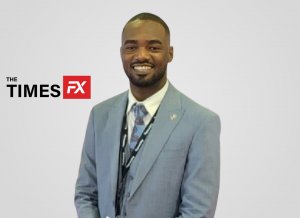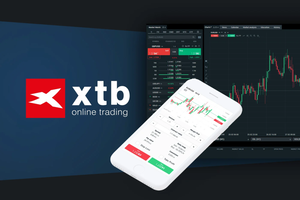With just days to go until the Federal Reserve delivers its rate decision due Wednesday, expectations for the Fed to lean more dovish are gaining traction following a string of cooler inflation reports—but Barclays is pushing back, warning it’s much too early for a Fed pivot as tariff-induced inflation is just a matter of time.
“Although May’s inflation estimates were soft, we retain our view that it is just a matter of time until cost-push pressures from tariffs feed through to consumer prices,” Barclays’ analysts said, cautioning, “we do not expect the FOMC will take much signal” from the recent data.
May’s core CPI rose just 0.13% month-on-month—well below both Barclays’ own forecast and consensus. The softness was broad-based, with core goods prices slipping and services seeing a notable deceleration, especially in rents and travel.
Final goods PPI also tracked soft, and Barclays now expects May’s core PCE to rise just 0.15% month-on-month, the third-straight benign print.
But the analysts aren’t willing to jump on disinflation bandwagon just yet, citing the inflationary impact of the trade tariffs rolled out by the Trump administration.
Survey evidence from the New York Fed shows businesses intend to pass through about half of tariff costs to final goods prices, while the Peterson Institute estimates that absorbing tariffs would cut major retailer markups nearly in half.
“Reduced margins can be sustained for a while, but not indefinitely,” Barclays said. The bank now expects cost-push effects from tariffs to peak in early autumn, pushing up inflation projections for late 2025 and into 2026.
3rd party Ad. Not an offer or recommendation by Investing.com. See disclosure here or remove ads. The Fed, meanwhile, is also unlikely to buy into the disinflation narrative just yet and is expected to hold rates steady next week, while sticking with a hawkish message.
The rate decision will be accompanied by updated summary of economic projections on future interest rates, inflation and the economic growth. The projections are expected to show just one rate cut this year—down from two in March—and higher inflation and lower GDP growth for 2025, the analysts estimated.
“We expect Chair Powell to signal that the FOMC is in no rush to adjust rates and to say that the policy stance is well positioned to deal with the risks and uncertainties that it faces,” Barclays said.
The call from Barclays is in sharp contrast to others on Wall Street such as Citi. “We continue to pencil in 125bp of consecutive rate cuts from the Fed starting in September,” Citi economists said in a recent note.
Barclays, however, sees the recent inflation relief as temporary, with the real test coming when tariff-driven cost pressures start showing up in consumer prices later this year. For now, the Fed is likely to stay patient—and hawkish.













